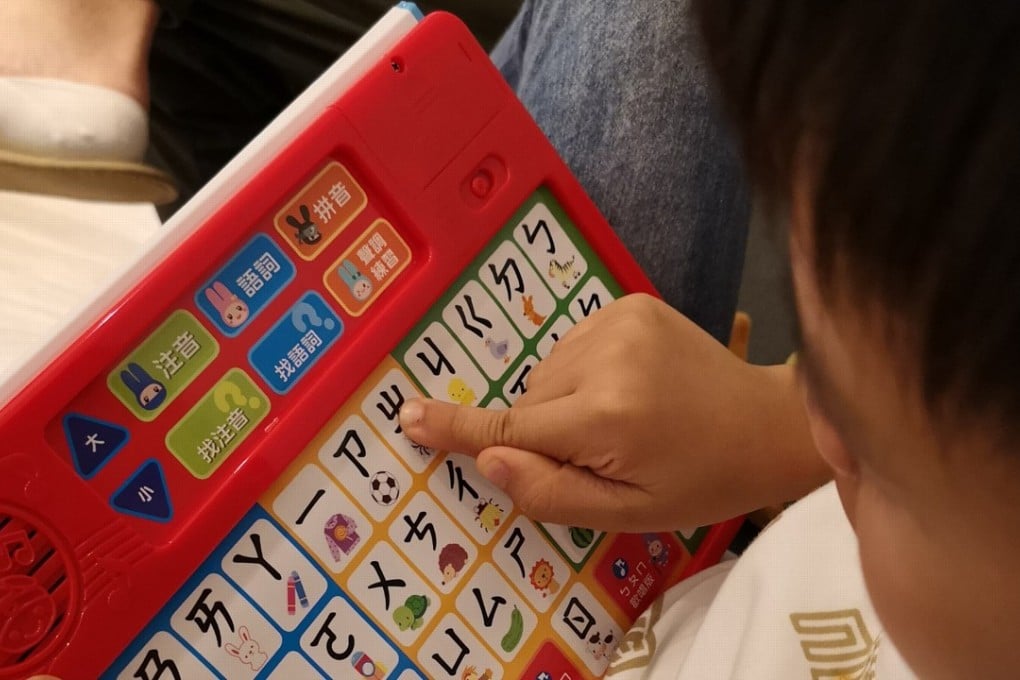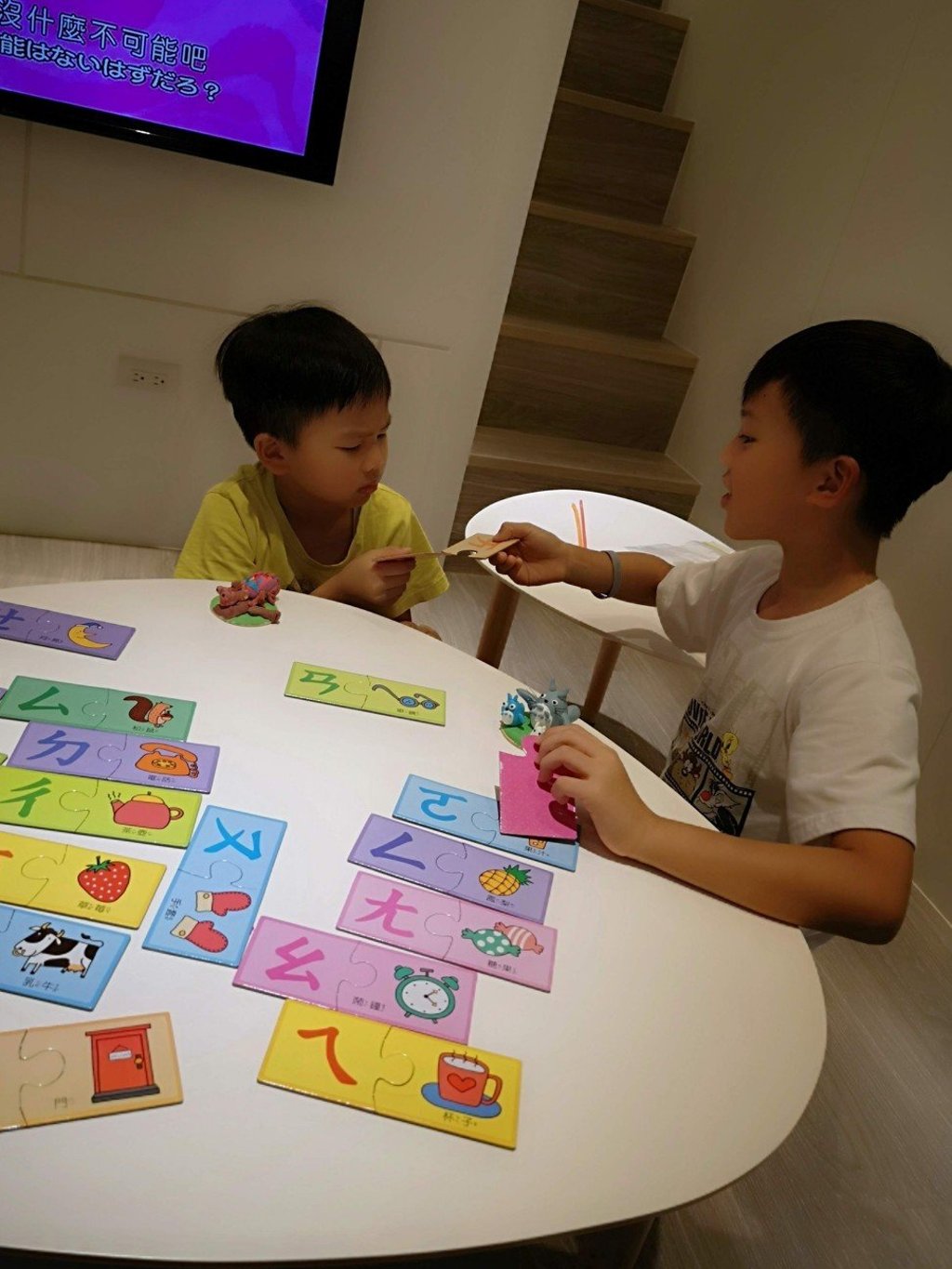Zhuyin sounds key to children learning Mandarin as a second language
Phonetic system can boost a youngster’s reading confidence as it transcribes all the sounds you can read in Mandarin into 37 characters and four tone marks

Parents often say their children don’t read enough, especially when they are learning Mandarin as a second language. Youngsters often find such bookwork too difficult beyond their mother tongues and their reading-level gap can widen to the point that some children might hold a “Harry Potter-level” book in one hand, and a “one sentence per page” Chinese book on the other – and still be unable to read all its characters independently.
Luckily, parents and teachers have phonetic tones that help children to sound the words out when they read. In Hong Kong, most of us will teach our children Hanyu Pinyin, which uses English alphabets, along with the four tone marks that represent each character. If your child learns simplified Chinese, the problem is less severe, as simplified characters work with Hanyu Pinyin, so there will be more picture books with Hanyu Pinyin assistance.
If your children are learning traditional characters, they might consider learning Zhuyin. However, no method is better than the other, and – more importantly – there is never a perfect method to learn Mandarin. Even so, there is always a perfect combination that suits your child’s Mandarin learning journey.
What is Zhuyin?
Commonly known as “BoPoMoFo”, Zhuyin is a phonetic system for transcribing Chinese. Consisting of 37 characters and four tone marks, it transcribes all the sounds you can read in Mandarin. Although it was phased out in mainland China in the 1950s, this system is still widely used as an educational tool in Taiwan.
“Wow, how did she recognise so many characters already at this young age?”
I had my first encounter with Zhuyin, about seven years ago, when I took my then-three-year-old son to an indoor playroom in Taiwan. When we were lining up at its entrance, I saw a little girl of about my son’s age having a conversation about a poster that told people where to line up. The conversation itself was nothing special, but I was amazed when the girl’s mom pointed to the characters on the poster saying: “Please line up from here in order to get a ticket” in Chinese, and her daughter slowly read it out. My jaw dropped, as I thought: “Wow, how did she recognise so many characters already at this young age?”. It was then that I realised that the girl was simply sounding out the Zhuyin symbols next to it, but since she could understand those words orally, once she sounded them out, she immediately interpreted the meaning.
